Conversations on Race 2022 - Final Summary
Here is a brief summary of the 7 sessions we just completed in our “Step 1 Conversations About Race” discussion series:
Week 1 - Race Theory
We looked at the concept of “race” as a construct to secure an affordable and manageable labor force in an agrarian society that had a otherwise very limited labor force… the story of race is the story of controlled labor.
week 2 - It’s all in the Interpretation
We looked at the biblical roots of race in America. We discussed how “there is no concept of race in the bible” and yet how scripture was interpreted to frame white settlers as the “People” and all others as the “Nations” in colonial America.
Week 3 - Intersectionality
We discussed the problem of compounding oppressions from multiple directions depending on a person's multiple identities (race, gender, nationality, ethnicity, orientation, etc.) We also talked about Susan B Anthony and Ella Baker and how the history we learned was not been as complete or as accurate as we thought.
Week 4 - Colorblindness
We discussed how colorblindness, the action of seeing and treating all individuals as equally as possible, without regard to race, culture, or ethnicity, seems like a good thing at its face value. It focuses on commonalities between people and a shared humanity. However, for non-white persons it “whitewashes” their culture, their experiences, and their identity of who God created them to be.
We also talked about the many not-so-subtle “shades” of white supremacy, from whiteness being seen as an accepted norm of behavior, to the extreme belief that the white race is inherently superior and should have control.
Finally, we began to explore reconciliation and the idea of “restitution” in terms of the Book of Lamentations, where the message from God was that we learn from our mistakes, failures, and bad decisions so that we can better serve the future. We briefly explored this in terms of the “40 acres and a mule” chapter of American post-Civil War history and what that failed effort meant to the freed slaves (“sharecropping”).
Week 5 and Week 8 - American Amnesia
This session was repeated on March 30th as the initial session had poor attendance because it conflicted with the State of the Union Address. In this session we discussed the “Doctrine of Discovery” which was a 1400’d papal edict that gave countries that “discovered” new lands dominion over it’s resources and authorized dominion over its inhabitants, and how that transposed itself to American expansion westward in our “Manifest Destiny” mentality. We saw how Canada and the US separated native American children from their families and interred them in schools run (largely) by the Catholic Church where they were stripped of the indigenous identity and forced to adopt Christianity.
week 6 - Two Christianities
We discussed the “Great Migration” from 1880s – 1930s where 6 million blacks migrated from rural southern plantation areas to urban centers in search of opportunity (work, education, standard of living, etc.), and how that lead to forced cheap housing in inner cities, and created slums with neighborhood black churches with “choice migration” of whites from cities to suburbs, and how this facilitated formation of mega-churches.
We also talked about the differences in the way white and black congregations approach a Sunday service, especially the differences in the approach to music, singing, and celebration. We discussed the challenge white churches face in trying to incorporate diversity, and the difference between “integrating” change vs. “appropriating” non-white aspects of worship.the differences in the black and white churches in America.
Week 7 - Say It Loud
We discussed how history portrayed “American Exceptionalism” as the melting pot of equal opportunity for all, but how that has not been realized equally for people of color. This gave rise to the concepts of Black Power (the drive to resist oppression and create opportunity for black Americans) versus White Power (the drive to continue America’s white heritage), and how that has devolved into various aspects of “white supremacy”. We discussed a major example of this imbalance when “red-lining” by financial institutions restricted black neighborhoods from home ownership programs implemented by the Roosevelt Administration, and how those discrepancies continue today.
